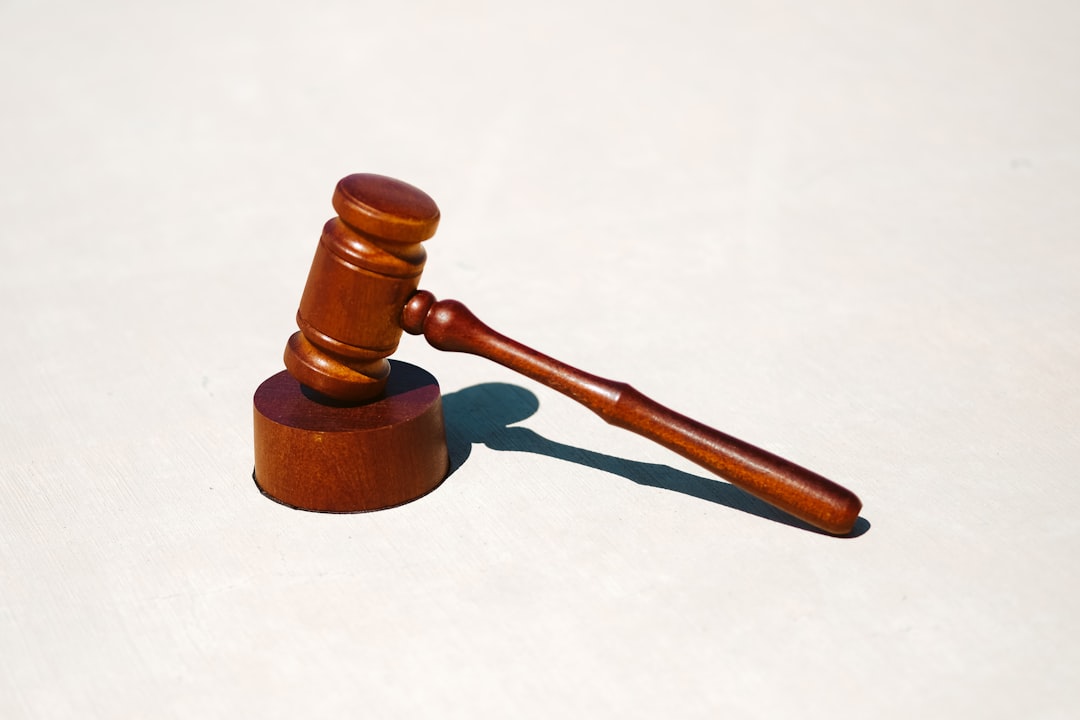What is it about?
This article explains how a national, ethnic, racial, or religious group, which is the ultimate victim of the crime of genocide, can claim reparations for the harm caused to it as a separate and distinct entity. It presents a new analysis and discusses the jurisprudence of the International Criminal Court to support a parallel reparative process.
Featured Image

Photo by MARCIN CZERNIAWSKI on Unsplash
Why is it important?
Because it elaborates a parallel extrajudicial process for repairing the harm caused to the group as such and grounds the argument on the drafting history of the Genocide Convention, the criminology of genocide, and the theory of transitional justice.
Perspectives
It is important to understand that genocide produces a multiplicity of victims and construe a doctrinal analysis that includes not only the individuals but also the group as such. This is what the article in question endeavors to deliver.
Dimitrios Kourtis
Read the Original
This page is a summary of: The Ultimate Victim of Genocide and the Question of Collective Reparations, International Journal on Minority and Group Rights, April 2023, Brill,
DOI: 10.1163/15718115-bja10111.
You can read the full text:
Contributors
The following have contributed to this page










